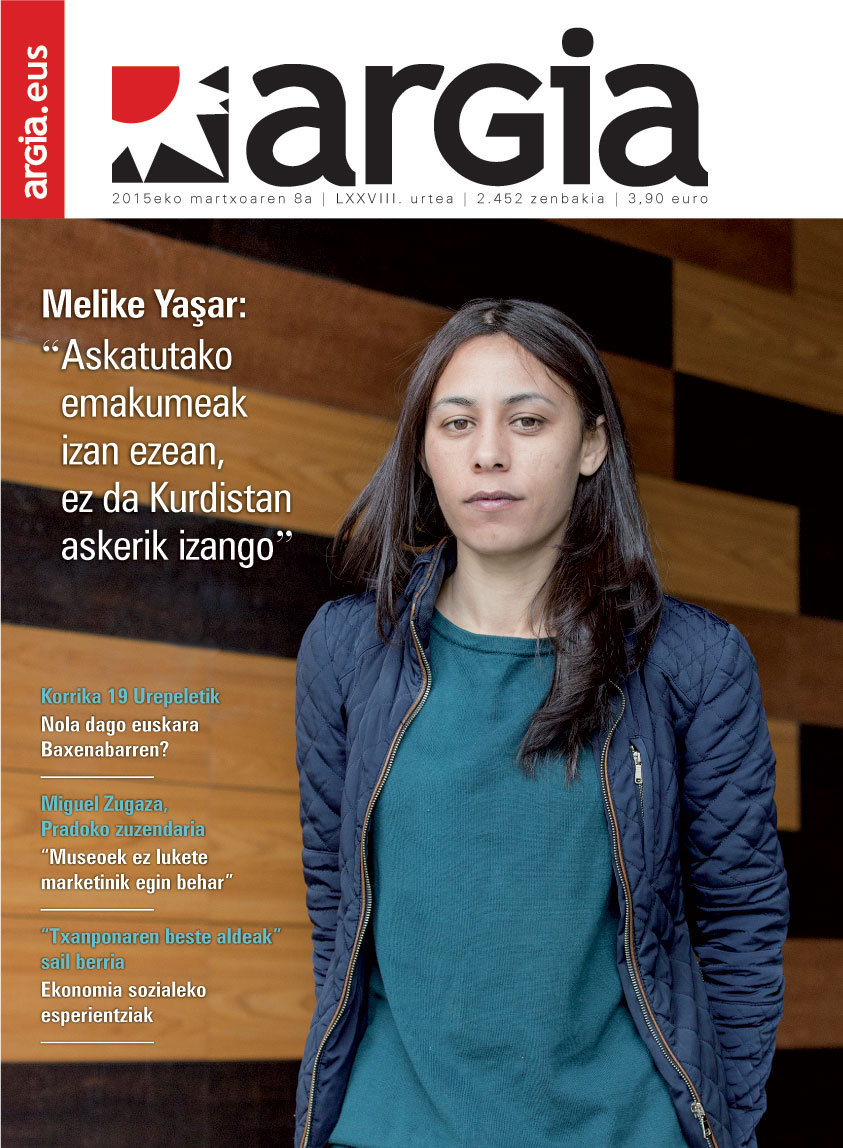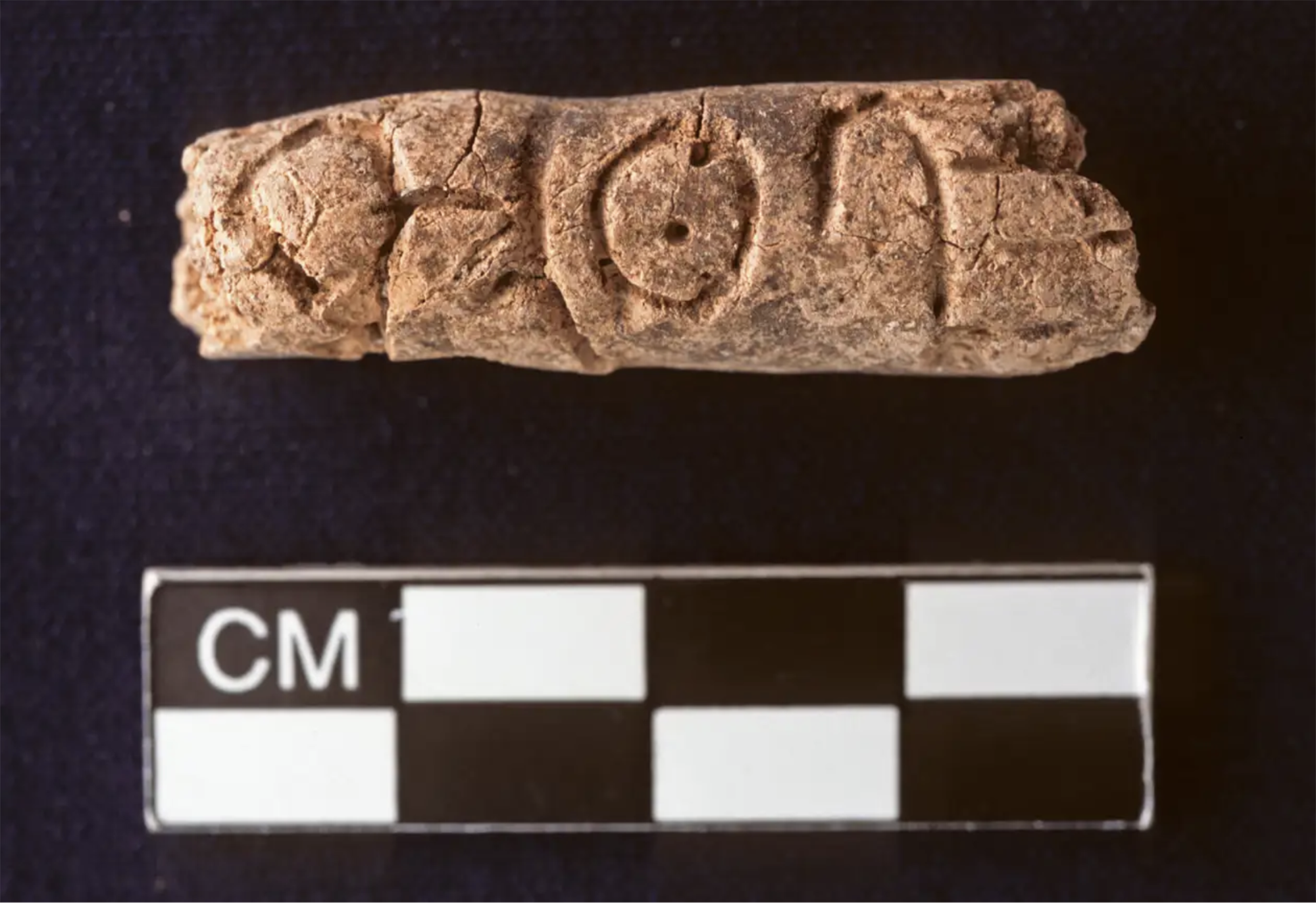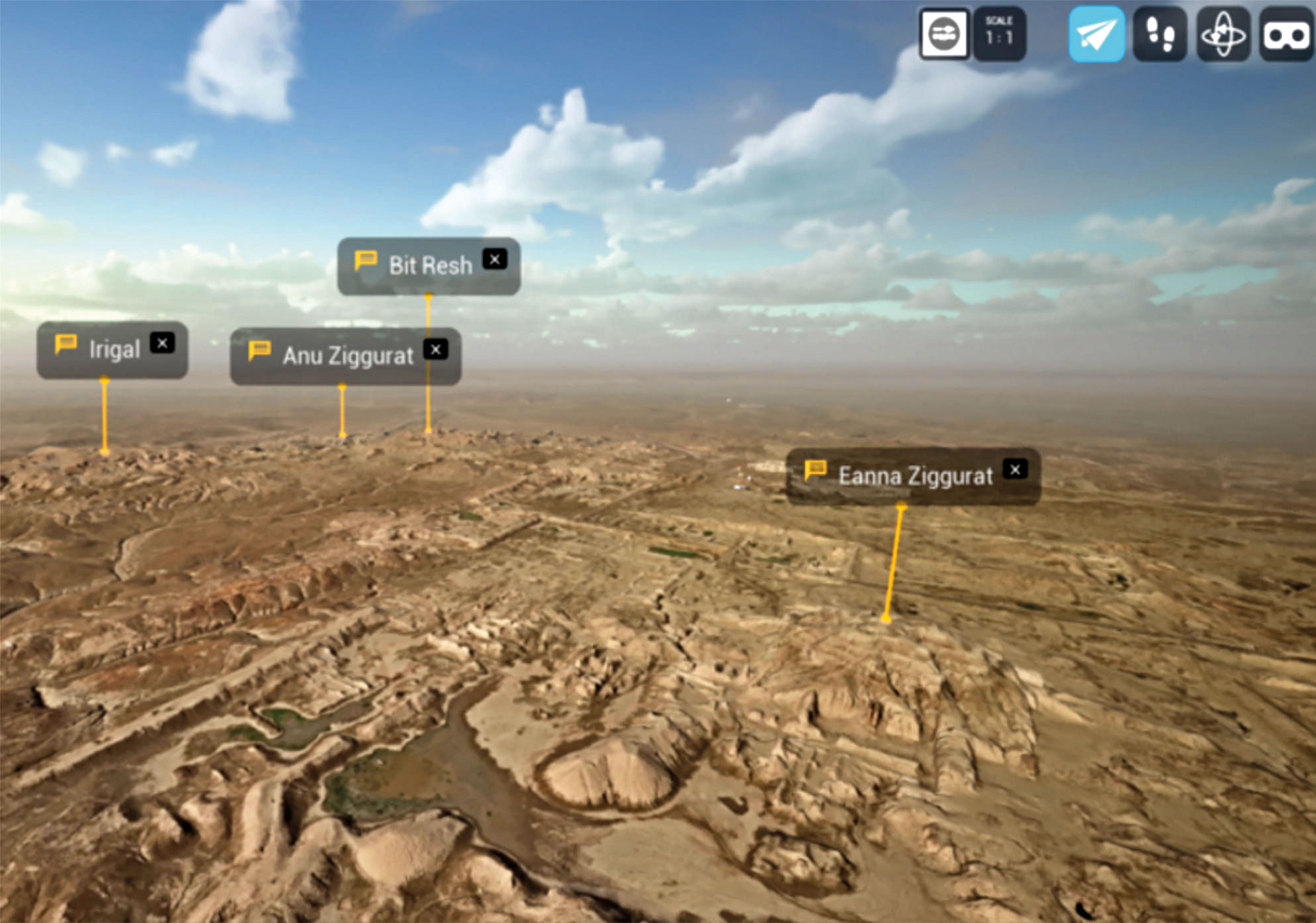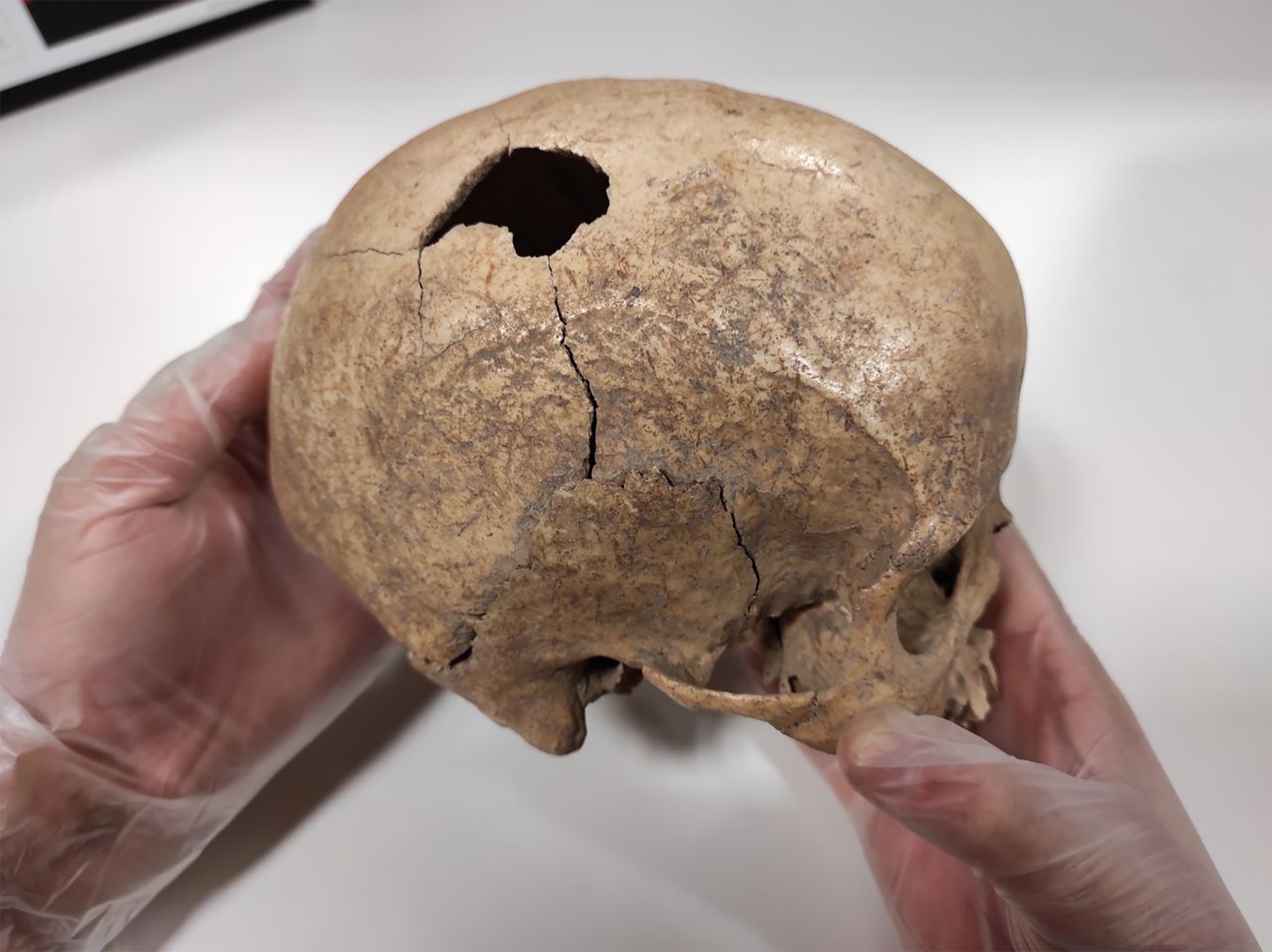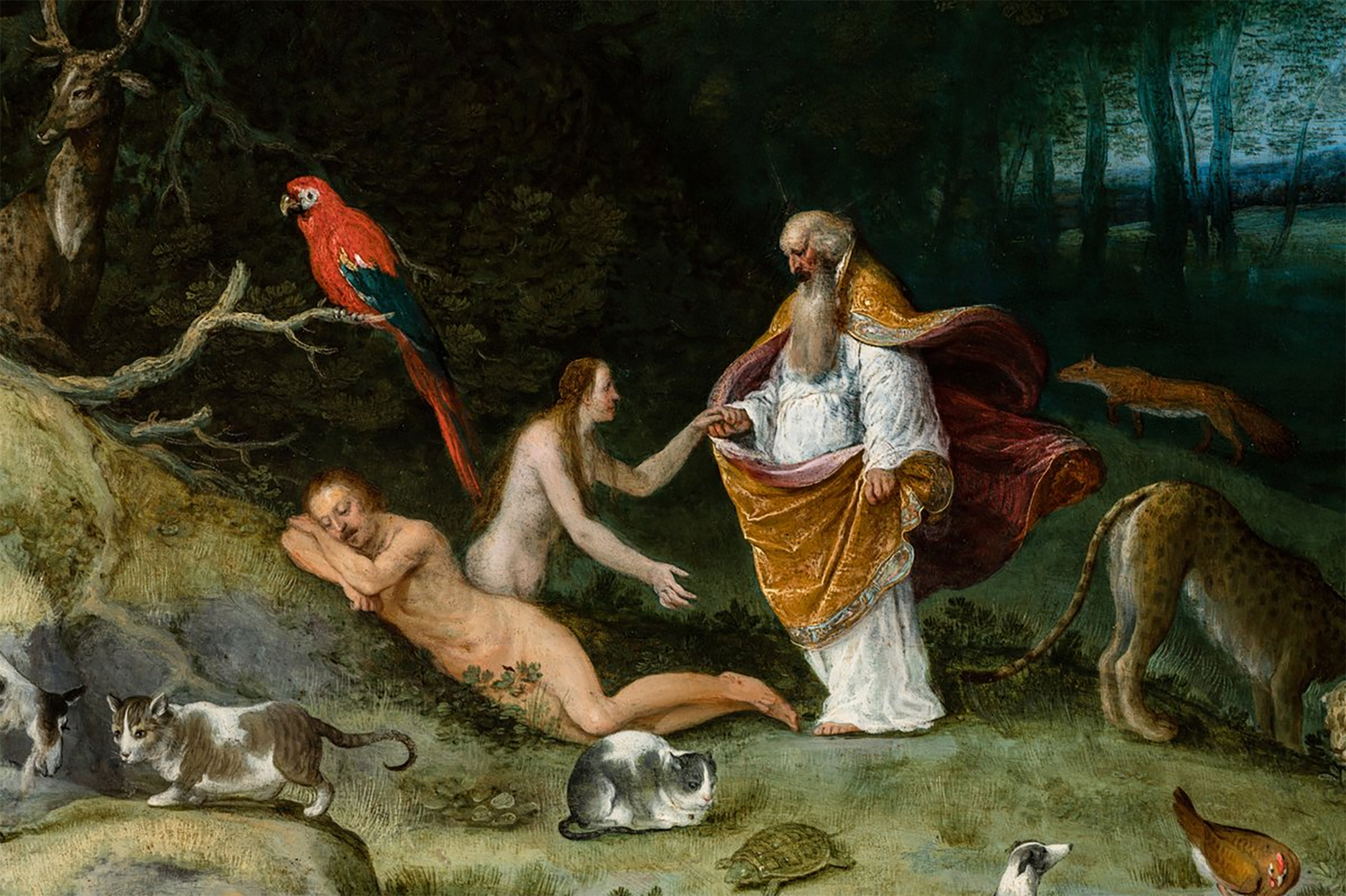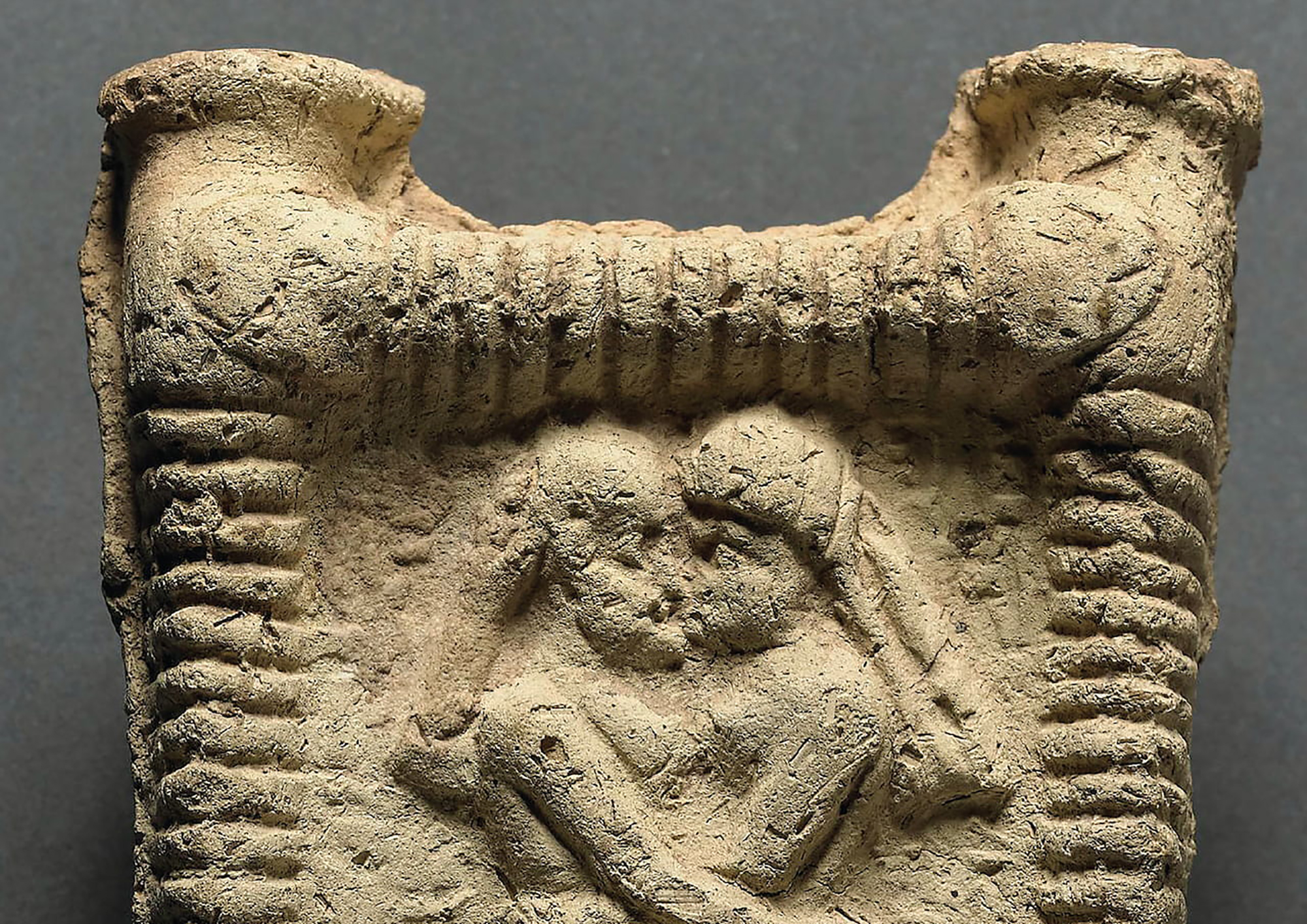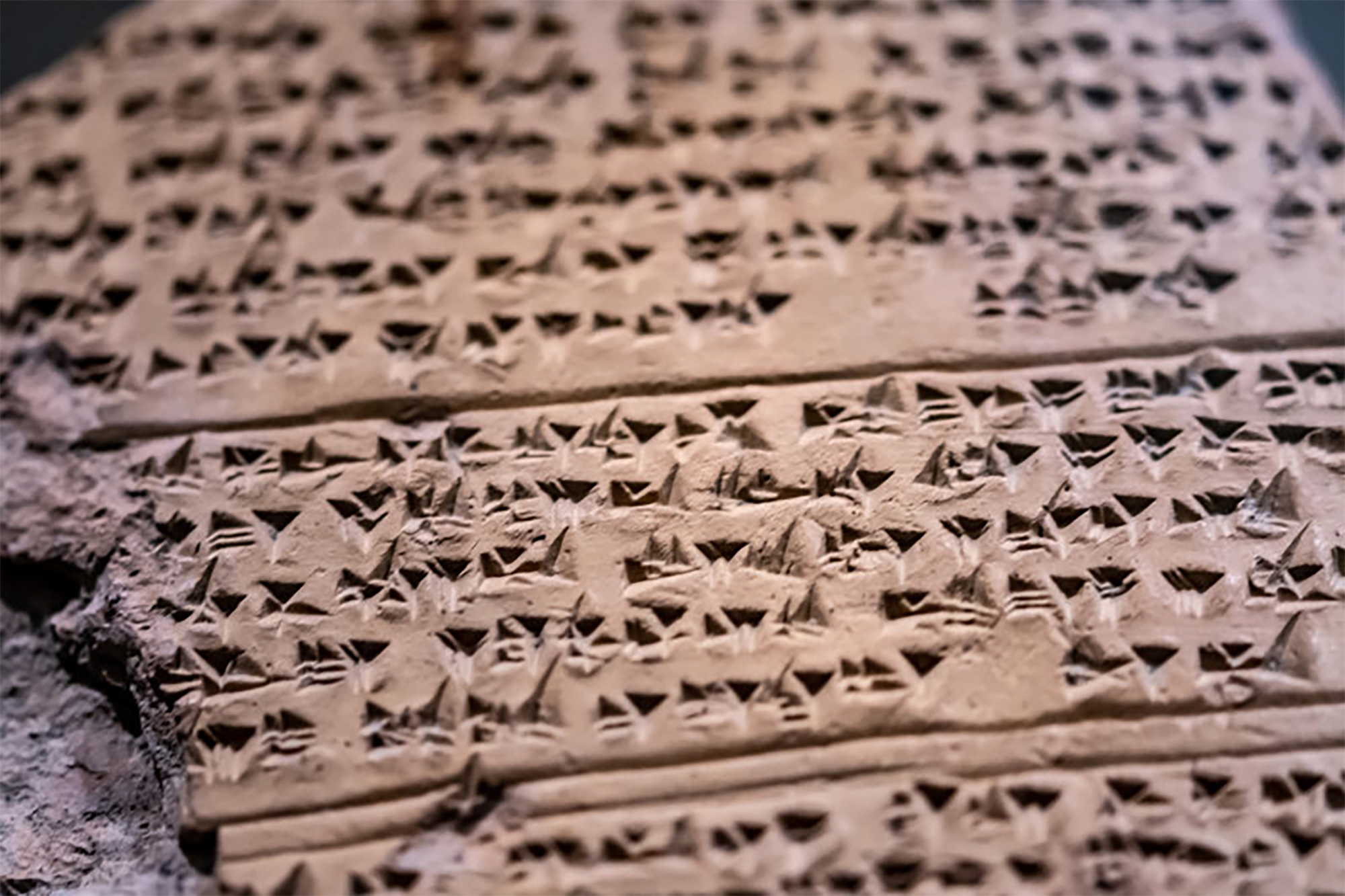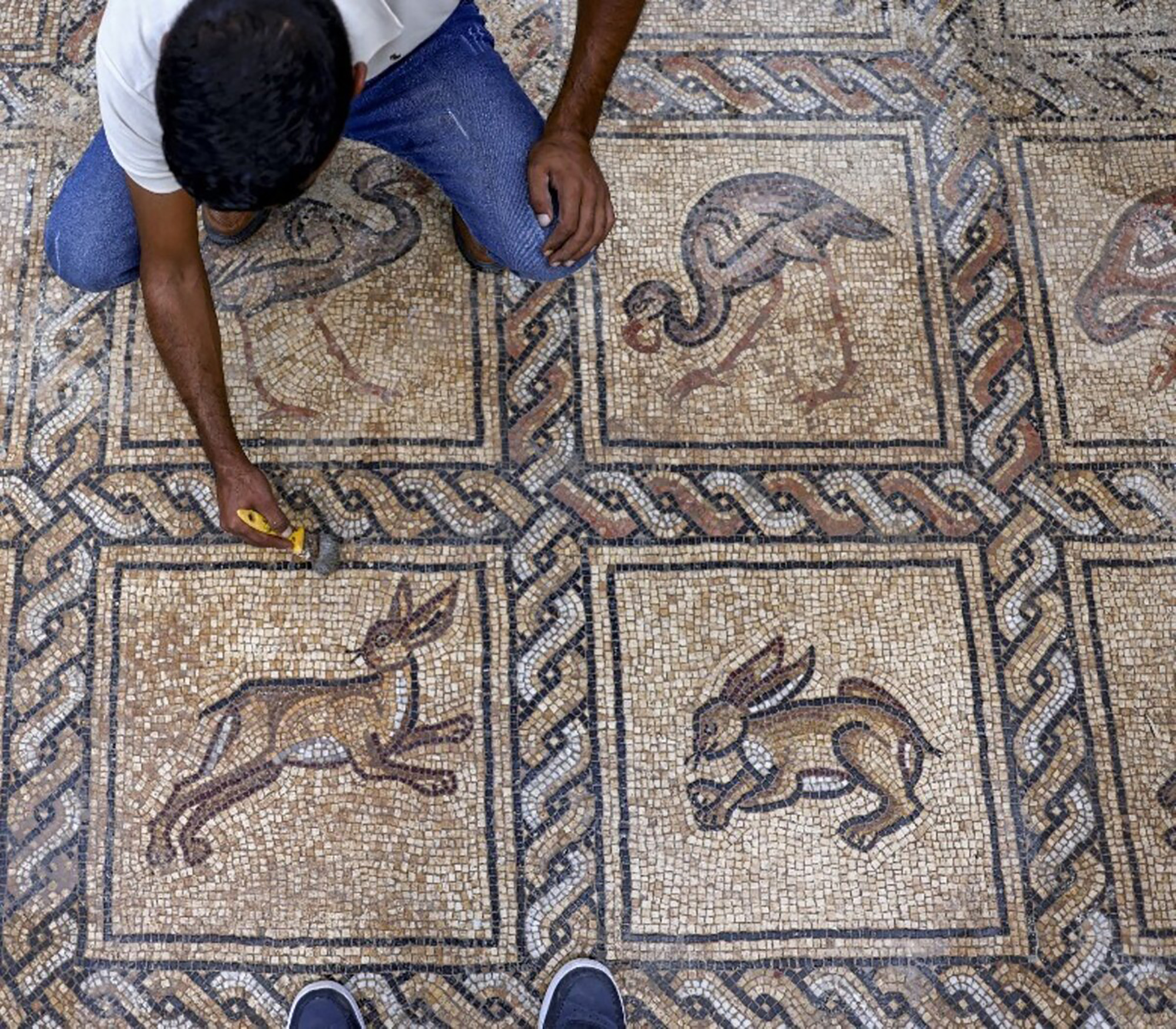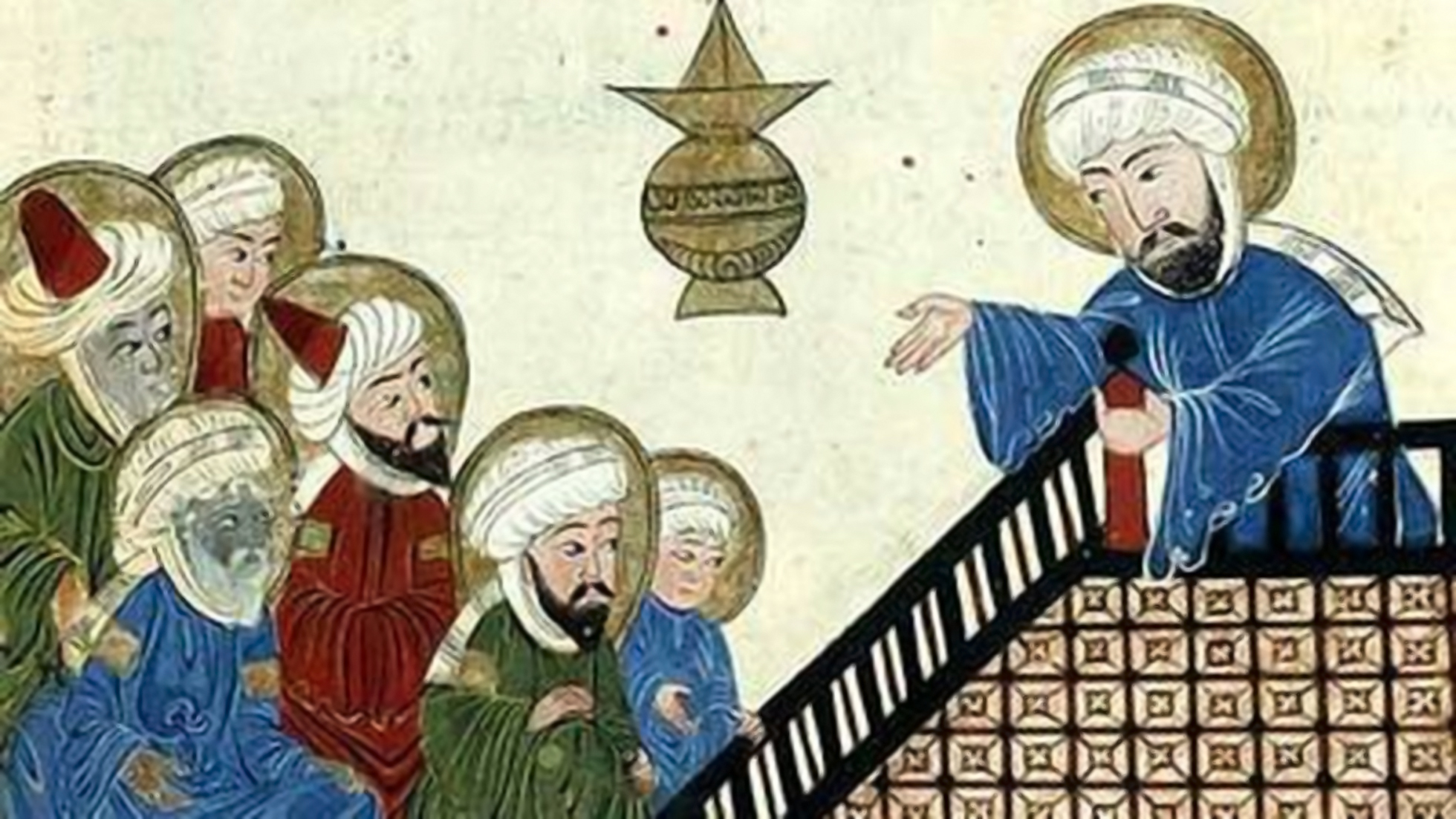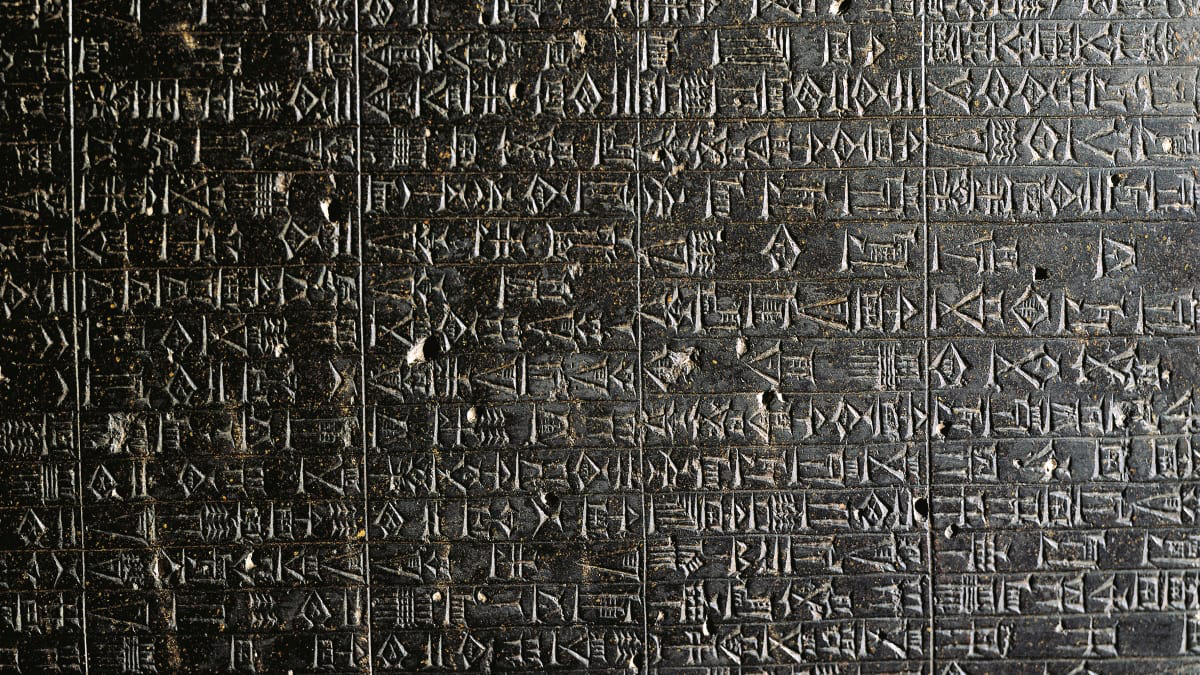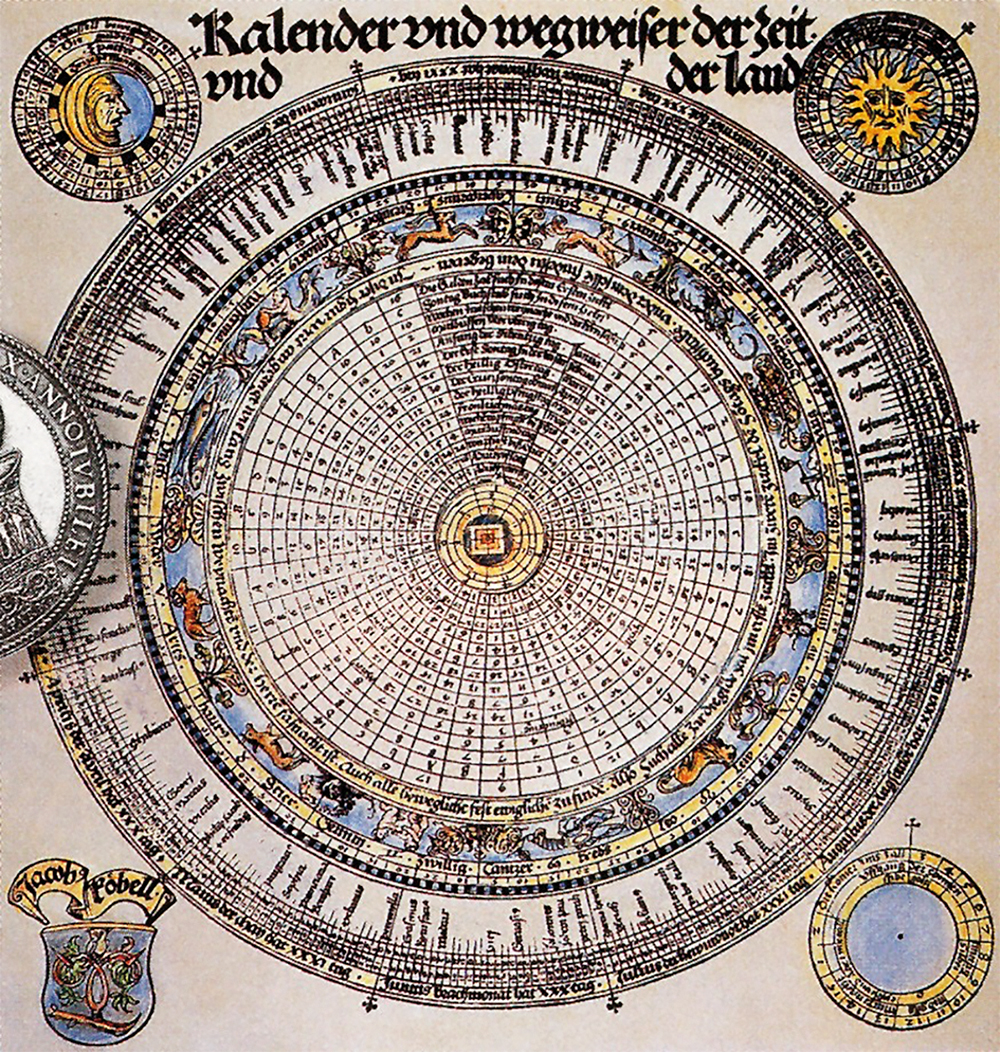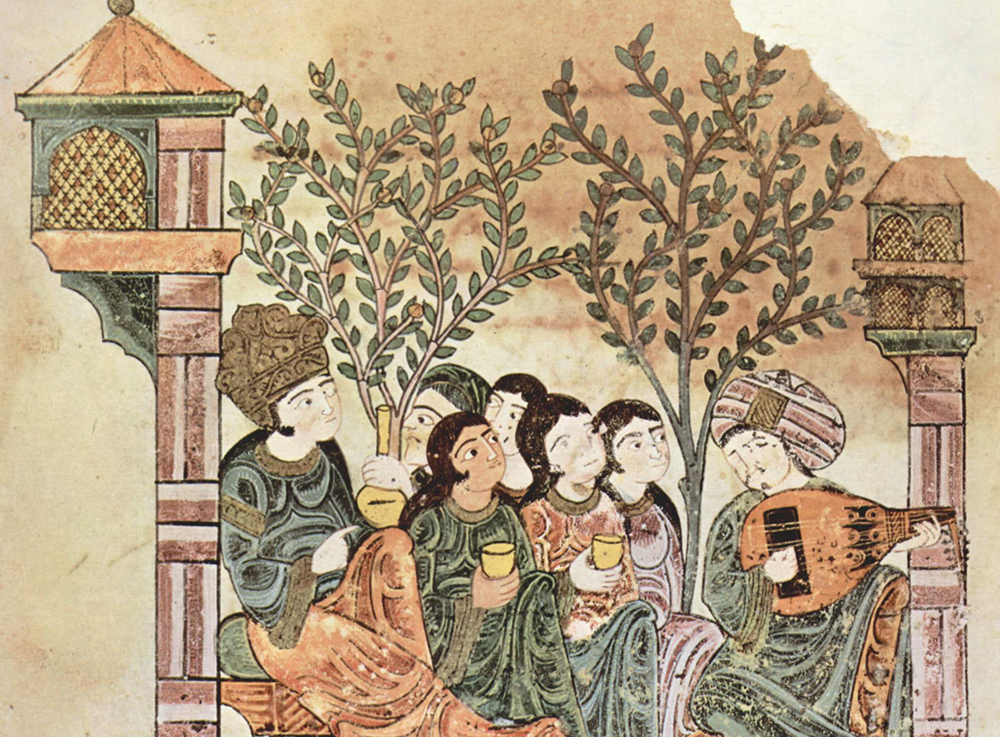Working women's day 4,000 years ago
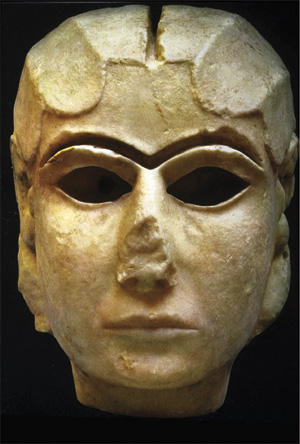
Copenhagen, Denmark, 1910. II International Congress of Socialist Women At the meeting, Clara Zetkin and Kathy Duncker, representatives of the German Socialist Party, presented a proposal to celebrate the “International Women’s Day” or “Working Women’s Day”. In March 1911, Working Women's Day was held for the first time in Germany, Austria, Denmark and Switzerland. Officially, at least 4,000 years earlier, in Mesopotamia, women workers had had two days of party, in addition to their holiday, throughout the week.
Women had rights that they would not recover until recently in the Old Sumer. For example, they had the opportunity to learn and to get a livelihood through their work. They were able to practice all kinds of professions and had what they earned. Women ' s signatures appear on many of the tablets where commercial contracts are collected.
Among the main entrepreneurs, the queens and princesses of the first dynasties stood out. They had offices and the writers who worked on them are available to wives in documents and not to husbands. The businesses they managed from these offices and their husbands did not usually participate, except to share profits. Some kings were able to finance their campaigns and projects thanks to their women ' s economic activities. Akkaz Sargon, the first Acadian king, was enriched by the wheat business of Queen Tashlultum and, four kingdoms later, King Sharkalisharri benefited from his wife Tutasharlibish in trade in stones for construction.
Also outside the court were several examples in documents. Ashage, the wife of a priest of the temple of Ure, sold wheat; Ninkhucha, the wife of the governor of the same city, sold skin, gold and perfumes. The latter managed a certain “multinational” with Queen Nimkalla, as his company had several headquarters from the southern border of Lagash to the north of Mari, from the present Iraq to Turkey.
Professions that were later considered “masculine”, such as carpentry or carving, were common among smaller women. Most bars, pharmacists, perfumers and massage therapists were women, although these trades were not prohibited for men. And we've got the names of three doctors from Ureko's Dynasty III: Cubatum, Zamena and Ummeda. According to the data found in the tables, in Dynasty II there were 13,000 workers in the city of Ur, while in the next dynasty there were 7,000 women in Lagash.
When the queen and businessman Gemen-Linlila died, her husband Shulgi (c. 2029-1982) promised a seven-day break for the workers of the kingdom and, as we know, also in the death of Queen Eanisha, women enjoyed a whole week of rest.
Researchers at Johns Hopkins University have discovered several cylinders with inscriptions at the present Syrian Reservoir, the Tell Umm-el Marra. Experts believe that the signs written in these pieces of clay can be alphabetical.
In the 15th century a. The cylinders have... [+]
It was founded by R about 6,500 years ago. And recently, the archaeologist at the German Institute of Archaeology, Max Haibt, has created the city's "digital twin," using the technology used in video games.
The team has made a three-dimensional record of the 40 square kilometres... [+]









